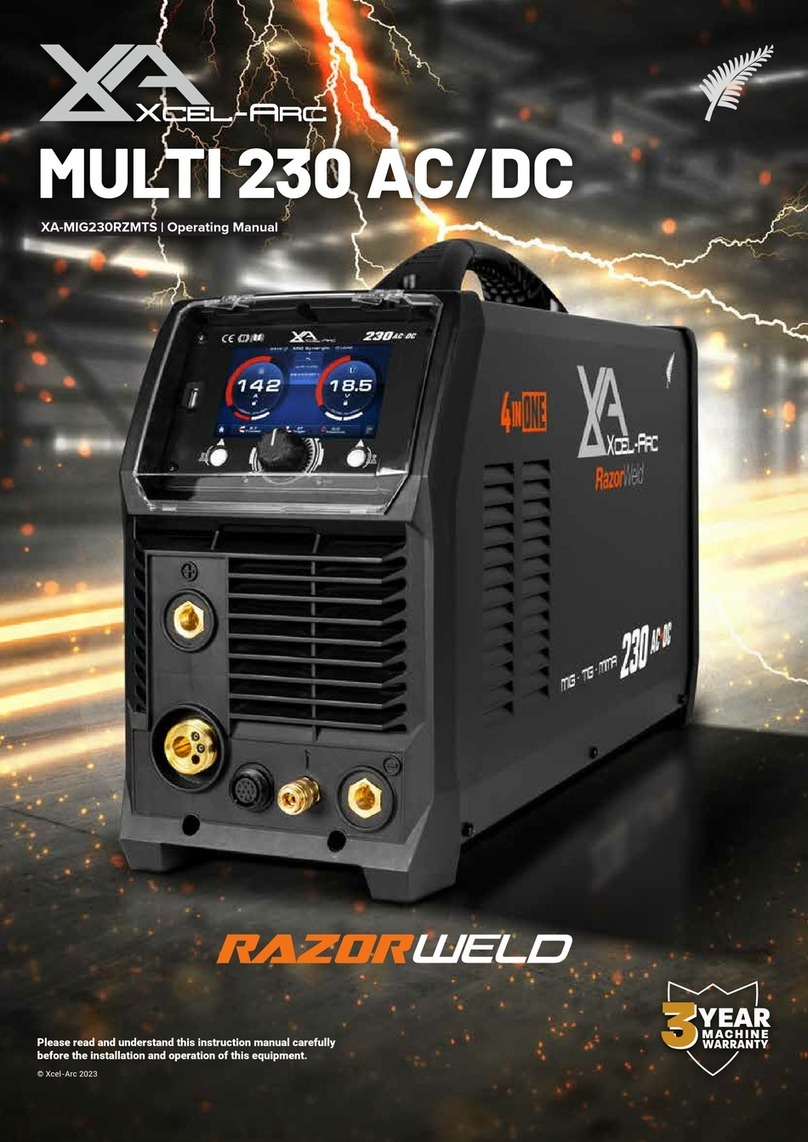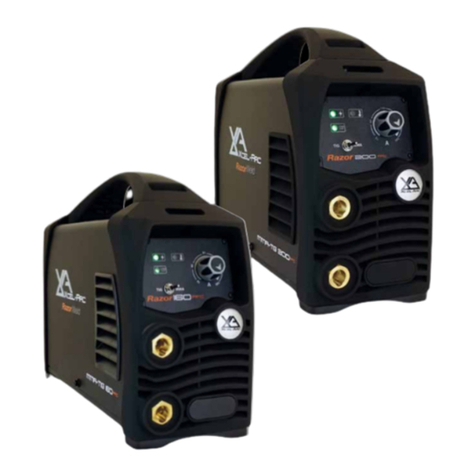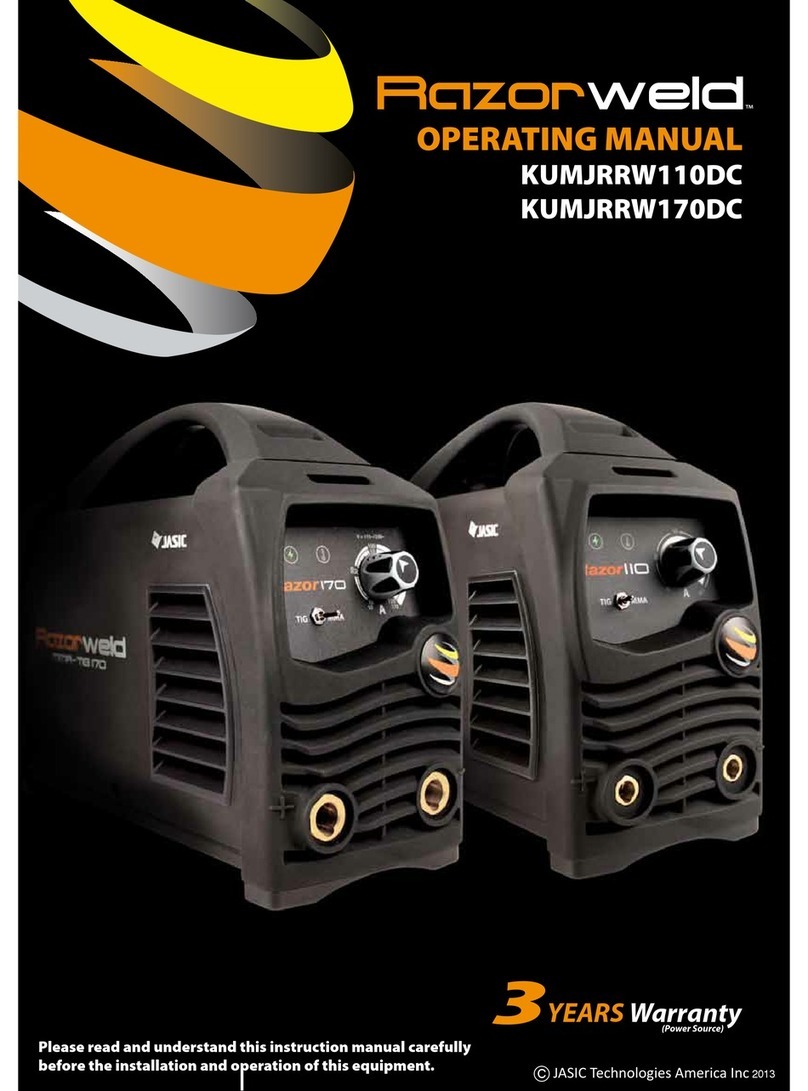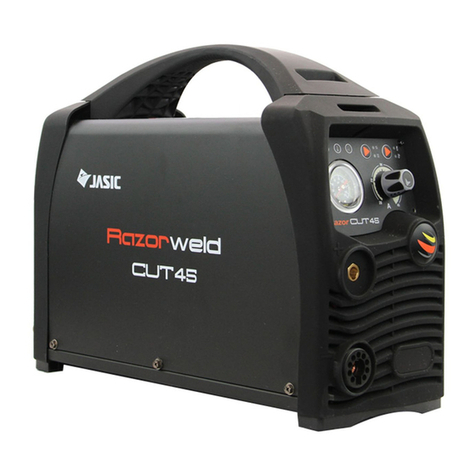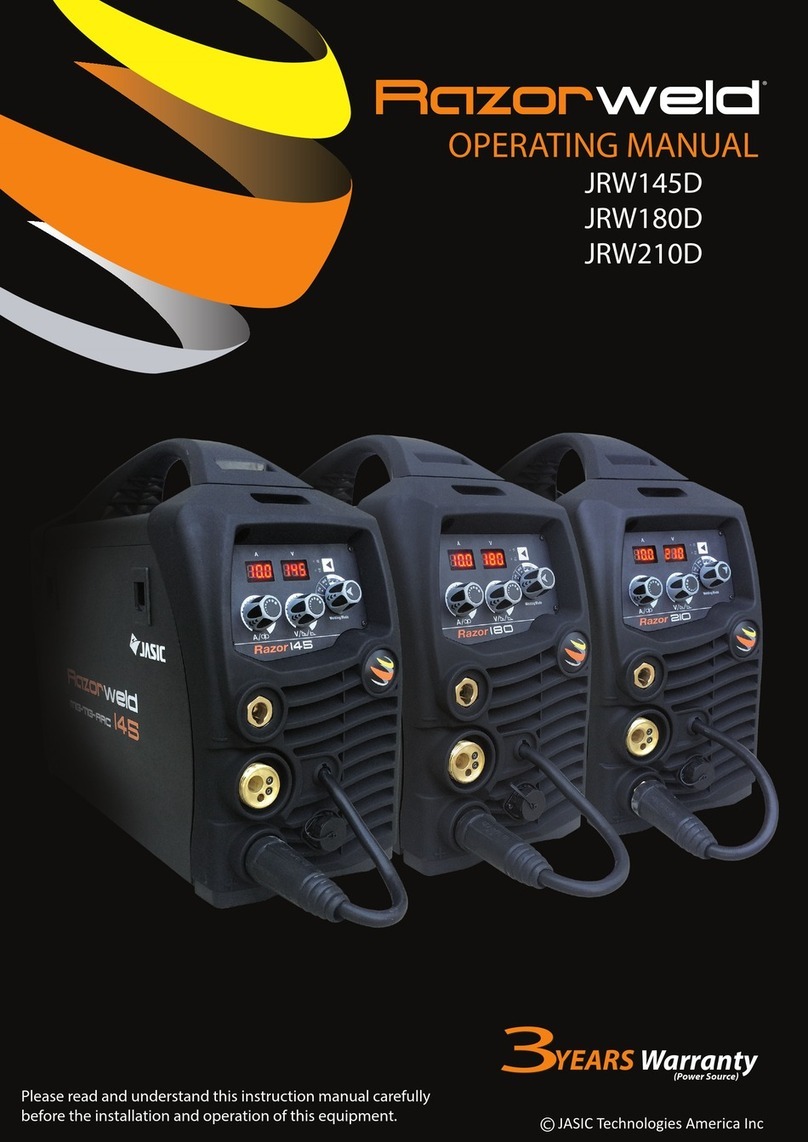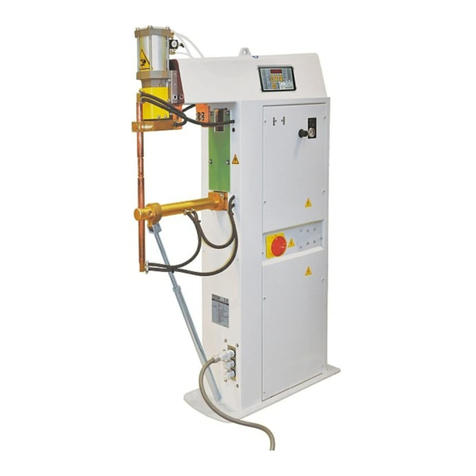
Contents
1. Safety precautions............................................................................................................ 4
1.1. General safety ............................................................................................................... 4
1.2. Other precautions .......................................................................................................... 8
2. Description of symbols...................................................................................................... 9
3. Product overview .............................................................................................................10
4. Technical parameters.......................................................................................................11
5. Installation .......................................................................................................................12
5.1. External interface description .......................................................................................12
5.2. Power installation..........................................................................................................13
5.3. Connection of cutting torch, earth cable and gas pipe..................................................14
6. Control panel ...................................................................................................................15
6.1. Overview.......................................................................................................................15
6.2. Display of parameters and error codes.........................................................................15
6.3. Parameter adjustment knob..........................................................................................16
6.4. Selection of working mode............................................................................................16
6.5. Gas check function .......................................................................................................16
6.6. Electrical current settings for cutting.............................................................................17
6.7. Protective indicators .....................................................................................................17
6.8. Engineer mode .............................................................................................................17
6.9. Restoring factory settings .............................................................................................17
6.10. Barcode display ..........................................................................................................18
7. Cutting function operation................................................................................................18
7.1. Cutting operation ..........................................................................................................18
8.1. Power supply maintenance...........................................................................................20
8. Troubleshooting ...............................................................................................................21
9.1. Common malfunction analysis and solution..................................................................21
9.2. Alarm and solutions ......................................................................................................22
9. Packaging, transportation, storage and waste disposal...................................................22
10.1. Transportation requirements.......................................................................................22
10.2. Storage conditions......................................................................................................23
10.3. Waste disposal ...........................................................................................................23
Appendix 1: Wiring diagram of CUT45PFC .........................................................................24
Appendix 2: Exploded-view drawing of CUT45PFC ............................................................25
Appendix 3: List of common spare parts - CUT45PFC........................................................26
Appendix 4 How Plasma works............................................................................... ...........27
Appendix 5:List of Warranty Explanations..........................................................................31
Appendix 6:California Prop 65 Statement...........................................................................34
Appendix 4:List of common Torch spare parts - J45XC.....................................................30

